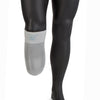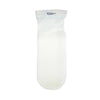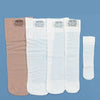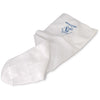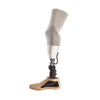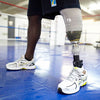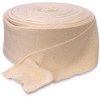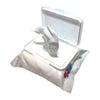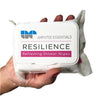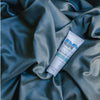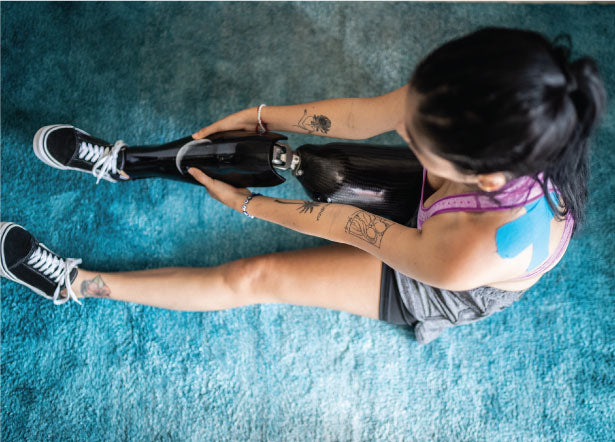What materials are used to manufacture prosthetic liners?
A Silicone liner provides high stability and good adhesion if your limb has a lot of soft-tissue. It performs best with a locking mechanism. Soft but resistant to pressure, silicone is durable and easy to clean. Manufacturers recommends silicone liners for all activity levels.
Polyurethane has a unique ability to flow away from high pressure. This translate to pressure in your prosthetic socket being well distributed and even. A polyurethane (sometimes abbreviated as PUR) liner offers a precise, intimate and comfortable fit for all types of residual limbs. These “flow characteristics” and damping of pressure make it a good choice for sensitive, bony or scarred residual limbs. Polyurethane performs best with vacuum suspension or suction suspension. Both require a Total-Surface Weight-Bearing socket (TSWB). Prosthetic manufacturers recommends polyurethane for individuals from low to especially high activity levels.
Copolymer is soft, cushiony and highly elastic, offering good protection for amputees with sensitive skin and/or lower activity levels. Usually a thermoplastic elastomer, which contains skin-friendly white oil, is especially good for residual limbs with dry skin. Copolymer performs best with pin or suction suspension. Both require a Total-Surface Weight-Bearing (TSWB) socket. Manufacturers recommends copolymer liners for individuals with a low to moderate activity level.
Medical Grade Mineral Oil Gel unlike silicone, moves with the skin and will not pull or irritate the residual limb. Moisturizing medical grade mineral oils are released from the gel, aiding in the reduction of scar tissue and helping with overall skin conditioning. Prosthetic manufacturers suggest mineral oil liners for low activity amputees.
Some prosthetic liners are available unique features, including antibacterial and anti-sweating additives, textile outer layers for easier application, anatomical shaping, non-stick treatments, variable thicknesses to accommodate sensitive skin, pre-flexed knees, as well as tear and puncture resistant formulas.














































